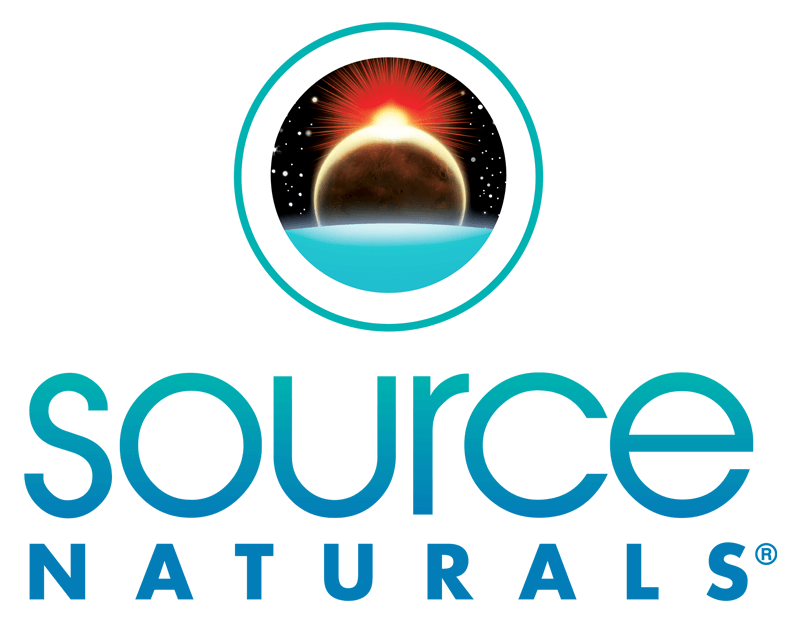
Even the most nutritious meals aren’t helpful if the body isn’t properly digesting them. What makes proper digestion possible? Digestive enzymes. Before our bodies can put the food we eat to work for our best health, it must be transformed by digestive enzymes into nutrients our bodies can absorb. Once transported to the inside of your body, these nutrients can enter your bloodstream and circulate to all of your tissues to maintain organ function, support your need for energy, and provide for growth and repair of new cells and tissues.
Our amazingly well-orchestrated biology provides over 22 different digestive enzymes designed specifically to digest protein, carbohydrates, sugar, and fat. Each enzyme pairs with differently sized food molecules in the various stages of digestion to transform food into the nutrients we need to thrive. When your digestive system is working well, you’re setting up your whole body for health. (For a closer look at enzymes, click here.)
Digestion Dilemmas and Solutions
While our bodies are set up for digestive success, as we age we will likely suffer the effects of not being able to digest nutrients. Our production of hydrochloric acid (which helps break down food in our stomachs) declines with age. It is also widely believed that enzyme production decreases year after year. For this reason, proactively supporting digestion with enzymes is a good health practice to consider starting in your early 40s.
Some of the results of an imbalanced digestive system are clearly noticeable. These include bloating, occasional heartburn, constipation, food allergies, headaches, decreased energy or fatigue. Other results, like bad bacteria growth, IBS, lowered immune response, and inflammation, can be quietly hidden and it can take years to feel the effects of receiving inadequate nutrients.
When looking to support our overall digestion, it’s also important to keep in mind that poor eating habits, inadequate chewing, “eating on the run,” excessive refined carbohydrates and fat, low intake of raw foods, and over-consumption of alcohol can also contribute to digestive problems over and above those related to a natural decrease in enzymes.
How to Choose Digestive Enzymes
When looking for essential enzyme support, we suggest choosing formulas that function in the range of different pH (acidity) levels found in the digestive tract and provide a wide array of enzymes to break down all types of food. Below you’ll find the enzymes for each food type.
• Protein: Acid-Stable Protease and Vegetal Analog of Pancreatin
• Fats: Lipase
• Carbohydrates: Alpha-Amylase and Amyloglucosidase
• Fiber: Cellulase and Hemicellulase
• Milk Sugar: Lactase
For more highly specialized needs or help if your diet is very unbalanced, it’s important to look for a highly diverse formula that provides three to four different types of proteases (protein-digesting enzymes), as well as multiple enzymes for carbohydrates, fiber, and milk sugars. Multiple enzymes add value by breaking down the outer and inner bonds holding a nutrient together.
Digestion and Your Complete Health
At Source Naturals®, we have designed a holistic model for health that focuses on proactive nutritional balancing and the harmonious functioning of 12 essential metabolic systems. Your digestive system is one of 12 vital body systems in this model that we call SystemiCare®.
Digestion is the gateway to your health. Taking care to eat the right foods is one of the most important steps you can take to support this vital system. Choose nutrient-dense, balanced, high-fiber foods for efficient digestion of the nutrients you need. Consider adding digestive enzyme supplements to further aid the process. Look to probiotics to help maintain healthy intestinal flora.
You are in charge of your health. Nature and nutrition give us many pathways to support our digestive health. Choose one to get started on a healthier you.
Digestive Enzymes in Depth
Carbohydrate Digestive System
The first step in digestion occurs in the mouth, where the digestion of carbohydrates is initiated. Amylase, the enzyme contained in saliva, converts starch (a form of carbohydrate) into simpler sugars. This process is completed when the pancreas secretes more amylase into the small intestine. Lactase supports the breakdown of lactose (sugar from milk) that many populations are unable to digest.
Protein Digestive System
In the stomach, food is broken down further by churning and by the action of the gastric juice, which contains pepsin and hydrochloric acid. Pepsin, a protease enzyme that depends on the highly acidic (pH 1.5 to 2.5) environment of the stomach for functioning, begins the process of breaking down protein into peptides and amino acids. The food, at this stage called “chyme,” then continues on to the alkaline (pH 7.0 to 8.0) environment of the small intestine, where the intestinal and pancreatic proteases complete protein digestion.
Fat Digestive System
Fat digestion occurs in the initial section of the small intestine. The liver produces bile salts and acids, and stores them in the gall bladder. Bile emulsifies fats, breaking them apart into droplets. In this form they can be attacked by the pancreatic enzyme called lipase that helps break down fat into glycerides and fatty acids. Bile and pancreatic fluid together neutralize stomach acid, which is essential because the intestinal enzymes function only at a pH of 7 to 8.
Fiber Digestive System
Fiber is found in foods such as whole grains, fruits, and vegetables, and provides bulk to enable the large intestine to work effectively. It also helps regulate the nutrient absorption in the small intestine. The breakdown of certain fibers may add further benefit. Cellulase and hemicellulase break down plant cell walls in fibrous foods, thereby making nutrients available within these cells.
References
Suarez, F, Levitt, MD, Adshead, J, Barkin, JS (1999) Pancreatic supplements reduce symptomatic response of healthy subjects to a high fat meal. Dig Dis Sci 44: 1317-21.
Nutrient Intakes from Food: Mean Amounts and Percentages of Calories from Protein, Carbohydrate, Fat, and Alcohol, One Day (2003-2004) www.ars.usda.gov/
SP2UserFiles/Place/12355000/pdf/0304/ Table_2_NIF.pdf, accessed on 4/20/09.
Glade, MJ, Kendra, D, Kaminski MV (2001) Improvement in protein utilization in nursing-home patients on tube feeding supplemented with an enzyme product derived from Aspergillus niger and brome- lain. Nutrition 17(4):348-50.
Karani, S, Kataria, MS, Barber, AE (1971) A double-blind clinical trial with a digestive enzyme product. Br J Clin Pract 25:375-7.
Morley JE. The Aging Gut: Physiology. Clin Geriatr Med. 2007 Nov;23(4):757-67.
Laugier R, Bernard JP, Berthezene P, Dupuy P. Changes in pancreatic exocrine secretion with age: pancreatic exocrine secretion does decrease in the elderly. Digestion. 1991;50(3-4):202-11.









